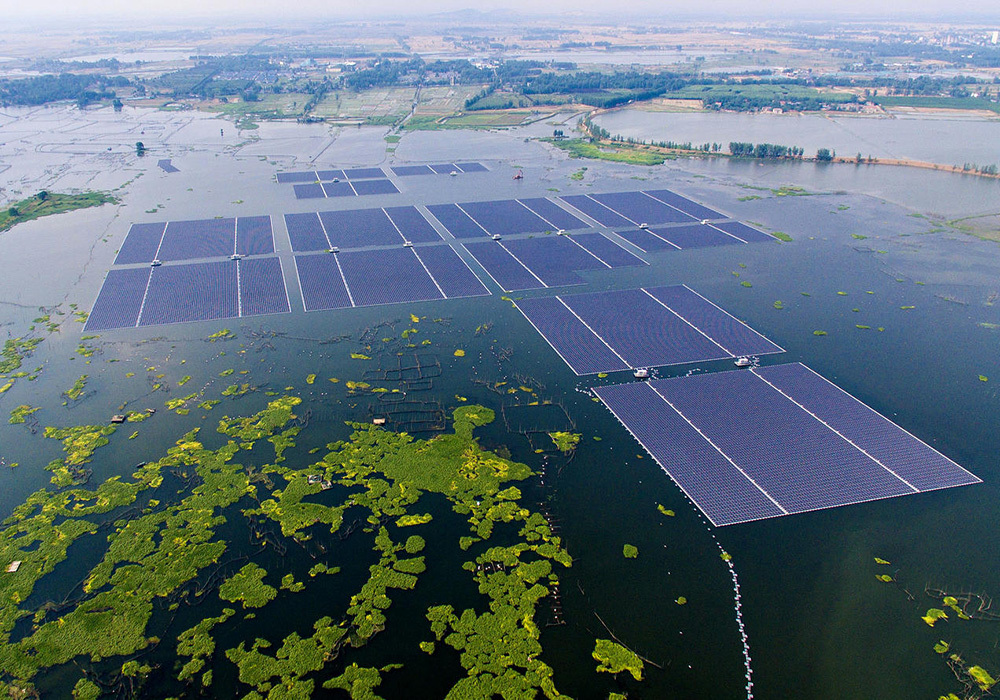Adding floating solar panels to bodies of water
A study by the National Renewable Energy Laboratory, which is part of the US Department of Energy, suggests that if floating solar panels are deployed on the more than 379,000 hydro reservoirs globally, the resultant hybrid systems could generate anywhere from 16% to 40% of the world’s demand for electricity.
In a press release, the NREL says adding floating solar panels to bodies of water that are already home to hydropower stations could produce as much as 7.6 terawatts of potential power a year from the solar PV systems alone.
Floating solar is not yet a thing in the US but that may be changing. Duke Energy announced it has been selected to install a floating solar array at Fort Bragg, North Carolina. The 1.1 megawatt system is part of a $36 million energy and water conservation upgrade at the world’s largest military installation and is expected to save $2 million a year in energy expenses.
Whether floating solar plus hydro could provide 16% or 40% of the world’s electricity, putting the two together will clearly be an important part of decarbonizing the electrical grid.

